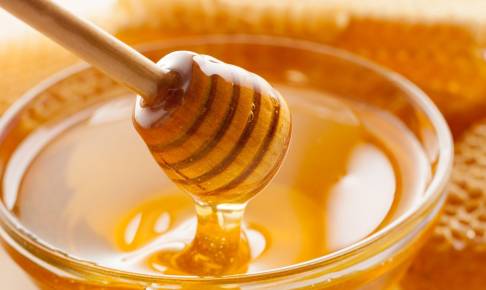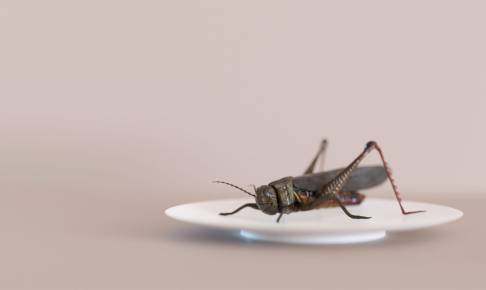Honey authenticity: scientific, normative, and analytical developments
How new fraud definitions and production guidelines together with state-of-the-art analytical tools help to ensure that honey in the marketplace is authentic and truly labeled.
Food authenticity and food fraud by economically motivated adulteration have been major issues in the food sector since the horse meat scandal in 2013. The EU Commission published a list of the top ten food products subject to food fraud, with honey earning the sixth spot (European Parliament 2013). The EU commission conducted an EU-wide coordinated control plan for honey from 2015 to 2017 to evaluate the current market
situation and develop possible action plans for official controls and necessary legislative changes to ensure that consumers receive safe and authentic food. The results revealed that a significant percentage of honey at all stages of the supply chain (production, trade, retail), both from EU and non-EU countries, was found not to be authentic because of mislabeling (botanical/ geographical origin) and adulteration with cheaper syrups
(European Commission 2017). Thus, while the legislation about honey is very clear in the EU, i.e. a product labelled as “honey” must actually be 100% honey (European Council 2014), inauthentic and adulterated honeys are still present on the market due to the lack of both sufficient (official) controls and the lack of harmonized and generally accepted guidelines on how to test and assess honey authenticity adequately. This finding applies not only in the EU but also globally. Examples include the 2018 “Honeygate” scandal in Australia with fake honeys occupying up to 27% of the market (ABC News 2018; The Conversation 2018) and the 2018-19 Canadian Food Inspection enhanced honey surveillance which revealed that 22% of honeys imported to Canada were fake (Canadian Food Inspection Agency 2019). Though the Codex Alimentarius Standard for Honey has served as a global standard for honey for more than three decades (Codex Alimentarius 2019), legally binding requirements (such as the EU Honey Directive) are still lacking in many countries, leading to different production practices, quality levels, and consumer expectations. Therefore, it is still indispensable to improve and harmonize global honey requirements to a uniform level based on the EU and Codex Alimentarius requirements. Recently, two US organizations have launched initiatives to combat widespread honey fraud and unfair competition as national honey regulations are still missing. The U.S. Department of Agriculture (USDA) published a Commercial Item Description (CID) for honey in October 2019 which requires all honeys labelled with the USDA mark to comply with the CID and the United States Pharmacopeia Convention (USP) formed a Honey Expert Panel to develop a Food Chemical Codex (FCC) Identity Standard for Honey (USDA 2019, USP 2019, Laurwick 2019). Moreover, in 2019, Apimondia, the largest beekeeping organization in the world, published its first Statement on Honey Fraud to provide a guidance document for a common understanding about honey purity, authenticity, and the best available and recommended methods to detect fraud (Apimondia 2019). In January 2020, Apimondia updated this statement with further details on appropriate honey production practices, bringing them into accordance with the definitions of the EU Honey Directive and the Codex Alimentarius Standard for Honey (Apimondia 2020). The keynote is that th
Download content now





















